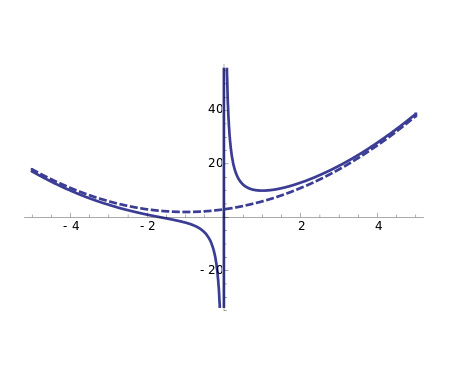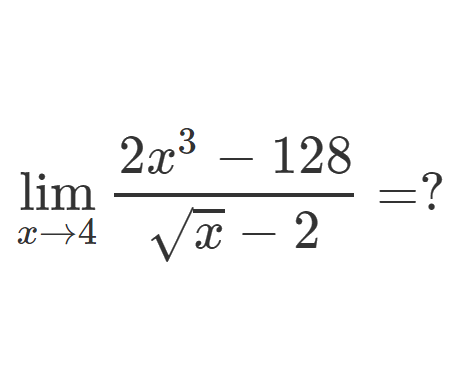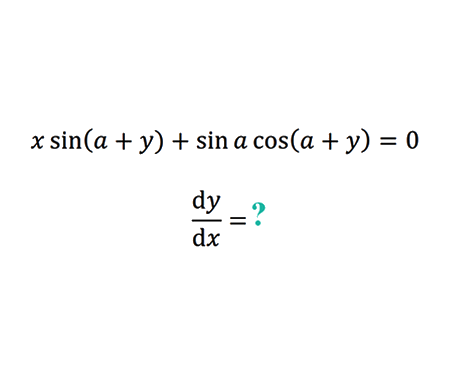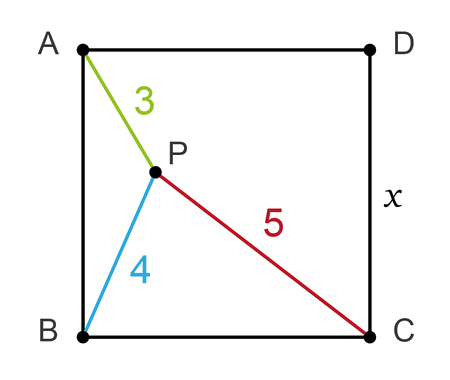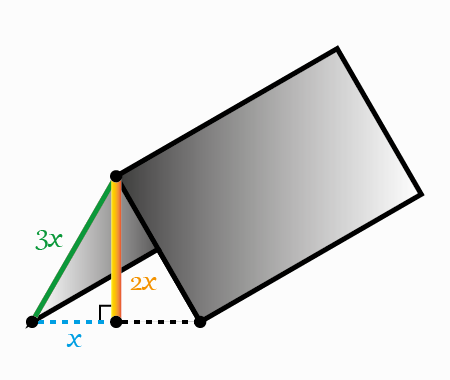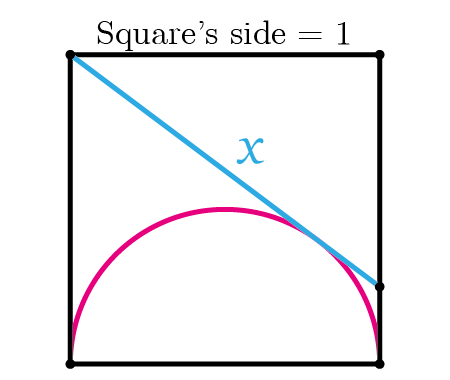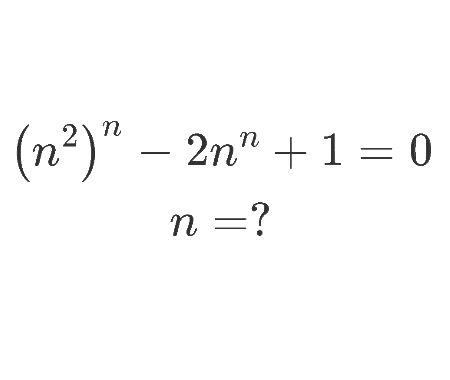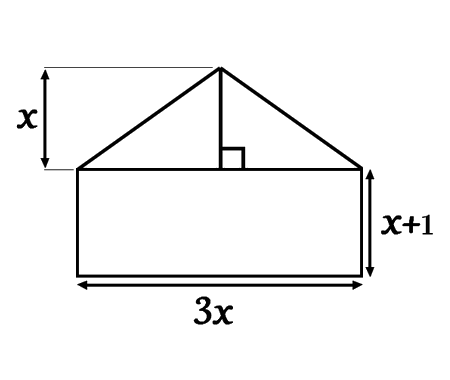Determine the length and width of the rectangular region of the house

Solution
In this exercise we examine a geometric‑algebra problem: a rectangular region adjacent to a triangular section forms the front of a house, and the total area is given as 180 units².
Our goal is to determine the **length and width** of the rectangular part by setting up and solving a quadratic equation.
This problem combines area formulas for rectangles and triangles and demonstrates how algebra bridges geometry and real‑world applications.
\[\begin{aligned}
\Rightarrow \frac{9}{2} x^2+3 x=180 \\\\
\frac{9}{2} x^2+3 x-180=0 \\\\
9 x^2+6 x-360=0 \\\\
3 x^2+2 x-120=0 \\\\
x=\frac{-2 \pm \sqrt{4-4(3)(-120)}}{2(3)} \\\\
x=\frac{-2 \pm 38}{6}=\frac{36}{6} \\\\
x=6
\end{aligned}
\]
By formulating the total area as the sum of the triangle’s area and the rectangle’s area, substituting the expression in terms of x and solving the quadratic equation, we found the meaningful positive solution and therefore the exact dimensions of the rectangular region.
This example emphasizes that many real‑life “house” problems reduce to quadratic modelling and algebraic reasoning—and mastering these techniques opens the door to deeper problem‑solving in mathematics.














